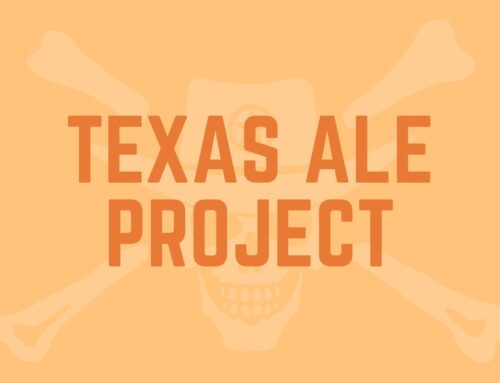
Comanche Tribe in Texas: History and Legacy
Historical Overview
The Comanche Tribe was not originally native to Texas. They migrated southward from Wyoming in the early 1700s, drawn by the vast buffalo herds of the Southern Plains. By the mid-18th century, they had established dominance over the Panhandle Plains, the Prairies and Lakes region, and parts of Big Bend Country.
The Comanche were instrumental in the history of Texas, resisting Spanish, Mexican, and American expansion through strategic warfare and trade. Their decline began with the Red River War of 1874–1875, which marked the end of their territorial control.
Learn More: Red River War Overview – Texas State Historical Association
Geographic Occupation
The Comanche Tribe in Texas occupied vast territories across multiple regions:
- Panhandle Plains: Their primary stronghold, rich in buffalo and natural resources.
- Prairies and Lakes: Frequented for trade and occasional raids.
- Big Bend Country: Utilized for hunting and seasonal migration.
Explore their geographic impact:
Comanche Range Map – Texas Beyond History
Cultural Practices
The Comanche adapted to the Texas environment with ingenuity, centering their culture on the buffalo and their mastery of horseback riding.
- Diet: The buffalo provided food, tools, and clothing.
- Housing: Portable tipis allowed for mobility across Texas’ plains.
- Social Structure: Leadership was merit-based, rewarding bravery and skill.
- Rituals: Ceremonies like the Sun Dance honored spiritual beliefs and natural cycles.
Discover more:
Comanche Culture – Comanche Nation
Interactions with Others
The Comanche balanced diplomacy and conflict in Texas:
- Allies: They formed alliances with the Kiowa, creating a powerful regional partnership.
- Conflicts: They clashed with the Apache, Spanish, and later Texan settlers.
- Trade: The Comanche engaged in trade with settlers, exchanging buffalo hides for weapons and goods.
Explore alliances and conflicts:
The Comanche and Kiowa Alliance
Legacy and Modern Presence
Today, the Comanche Nation is headquartered in Lawton, Oklahoma. While their historical presence in Texas ended with forced relocation, their legacy lives on in the state’s historical sites and cultural memory. Efforts to preserve the Comanche language and traditions ensure that their heritage thrives for future generations.
Visit the Comanche Nation’s official website:
Comanche Nation
Explore Palo Duro Canyon:
Palo Duro Canyon State Park
FAQ About the Comanche Tribe
1. What made the Comanche unique in Texas history?
The Comanche were renowned for their exceptional horsemanship, which allowed them to dominate the Southern Plains and revolutionize buffalo hunting and warfare. They earned the title “Lords of the Plains.”
2. Where did the Comanche Tribe live in Texas?
The Comanche primarily occupied the Panhandle Plains, Prairies and Lakes, and Big Bend Country. They followed buffalo herds and adapted to these regions’ resources.
3. What role did the Comanche play in Texas history?
The Comanche resisted colonization efforts, forged alliances with other tribes, and influenced trade and warfare across Texas for centuries.
Key Facts About the Comanche
- Known as the “Lords of the Plains.”
- Renowned for their horsemanship and buffalo hunting.
- Famous leaders include Quanah Parker, a prominent Comanche chief.




